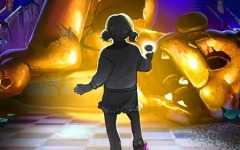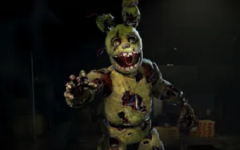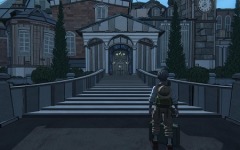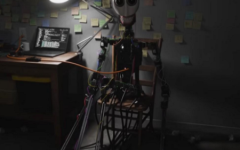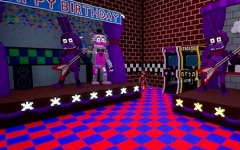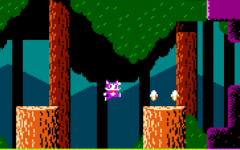Advertisement
Forgotten At Fredbear’s
Advertisement
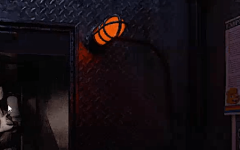
Forgotten At Fredbear’s begins not with a scream, but with silence. You take a night job at a decaying family diner that’s been closed for years. The walls are stained with time, the lights flicker without reason, and the air feels too still to be empty. Your only task, at least on paper, is to keep an eye on the place until morning. But this isn’t a standard shift. Something lingers in the dark corners of the building—something that remembers, watches, and moves when you aren’t looking. The more time you spend inside, the more you feel like this place isn’t abandoned at all—it’s waiting.
Watching the Monitors Is Not Enough
The core of the gameplay places you in a surveillance room, armed with a panel of tools and a growing sense of unease. You monitor security cameras, track unfamiliar figures, and use limited systems to defend yourself. Doors, lights, and audio distractions all play a role in delaying the inevitable. Some threats will test your patience, others your reflexes. And as the nights go on, you begin to notice patterns—movements, sounds, and behaviors that seem less like glitches and more like rituals. You’re not just preventing an attack. You’re participating in something much older.
Main Mechanics and Systems in Forgotten At Fredbear’s
- Multi-room surveillance with limited visibility
- Threat management through timed responses and tool usage
- Lure or delay enemies using audio cues and distractions
- Nightly progression that adds new hazards and story reveals
- Optional exploration between shifts to uncover deeper lore
These elements turn a routine night guard setup into a layered experience where every click, glance, and hesitation could lead to survival—or the end of your shift.
The Past That Refuses to Stay Buried
As the story unfolds, it becomes clear that you’re not the first to sit in this chair. Notes left behind, distorted audio logs, and surreal flashbacks begin to piece together a dark history. Forgotten At Fredbear’s doesn’t just rely on jump scares—it builds a sense of dread through implication. Each encounter with the animatronics feels like meeting a memory that never settled. The diner has witnessed things no restaurant ever should, and now those moments are playing themselves out again. Not for closure, but because no one ever answered the questions they raised the first time.
Every Night Teaches You Something New
What makes Forgotten At Fredbear’s stand out is how it turns repetition into discovery. You return to the same office, the same layout, the same job—but everything changes. New threats emerge. Old systems stop working. Familiar sounds take on new meanings. You’re forced to adapt, to remember, to rethink. With each night, the game invites you deeper into a forgotten place that remembers too much. And when the final shift comes, you may not be asking how to survive—but whether you were ever meant to leave in the first place.





















































































































